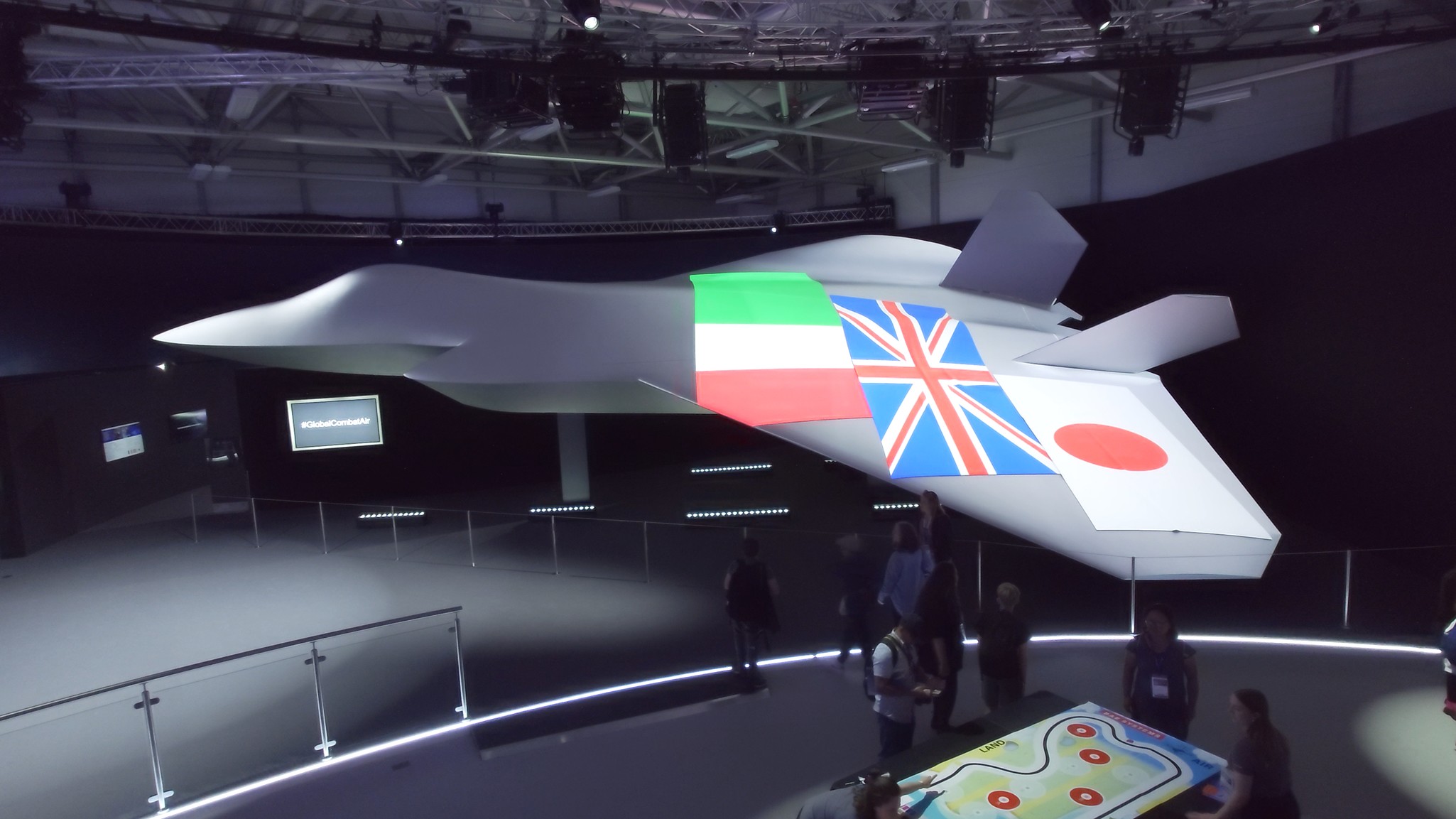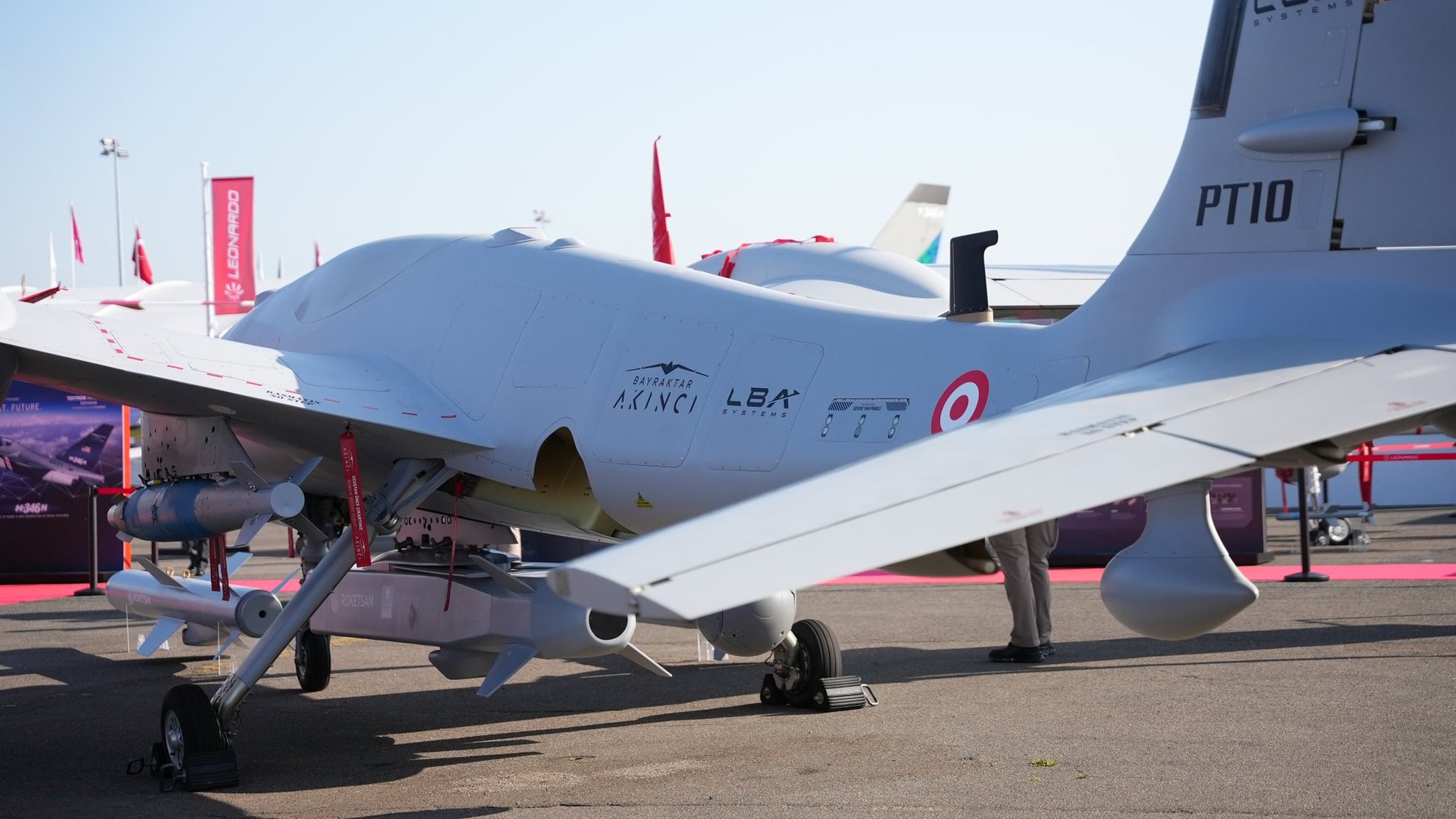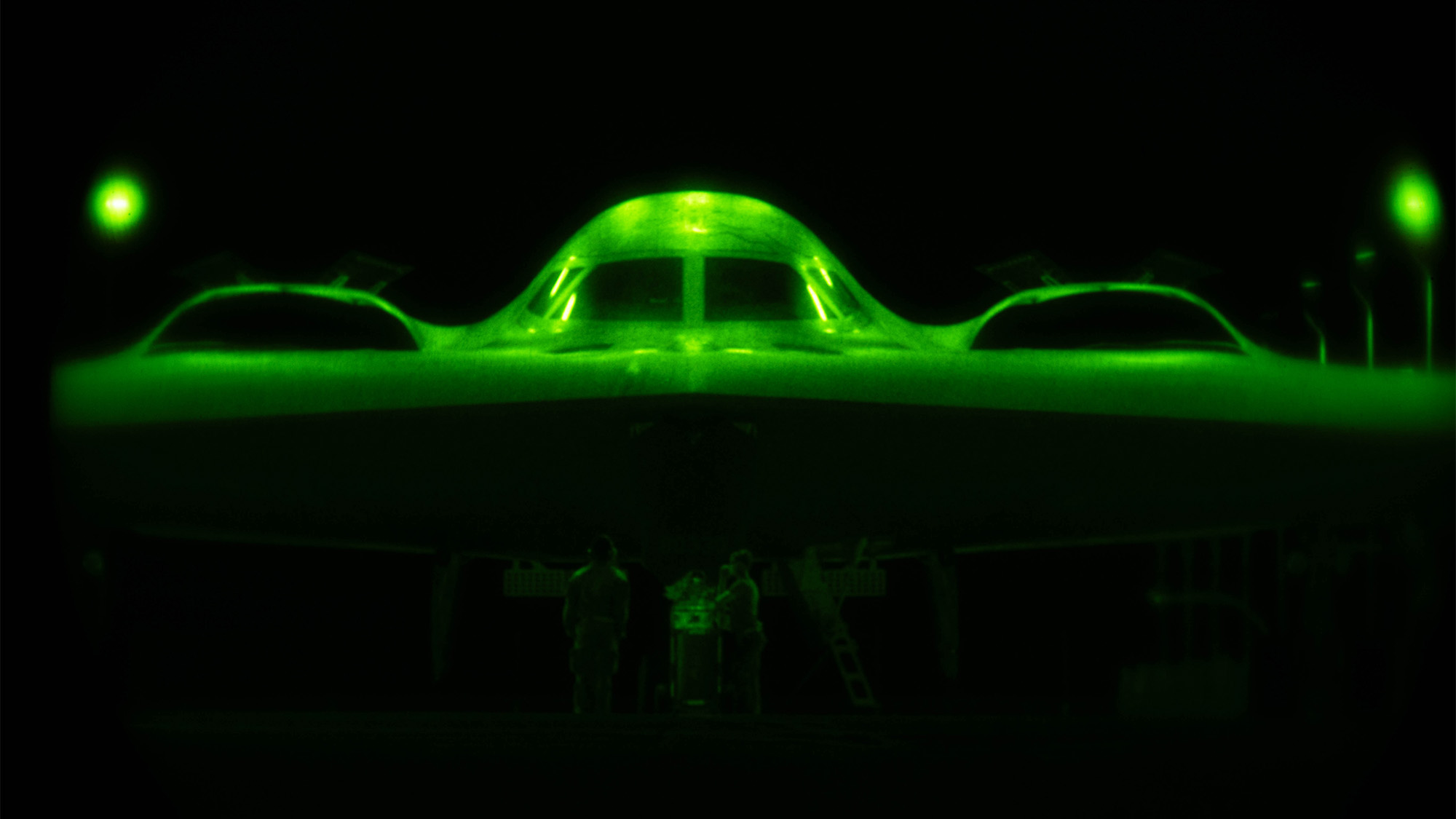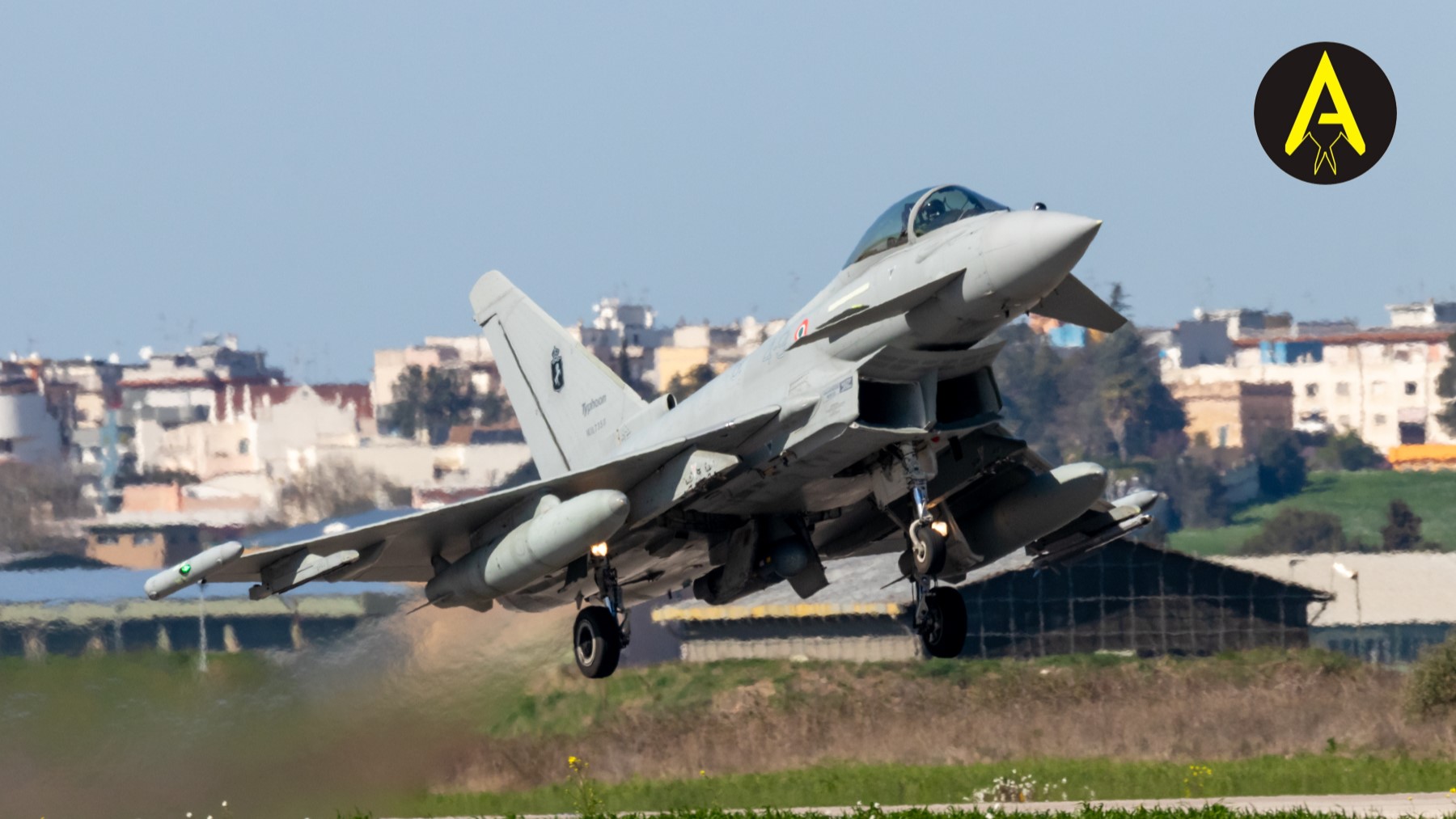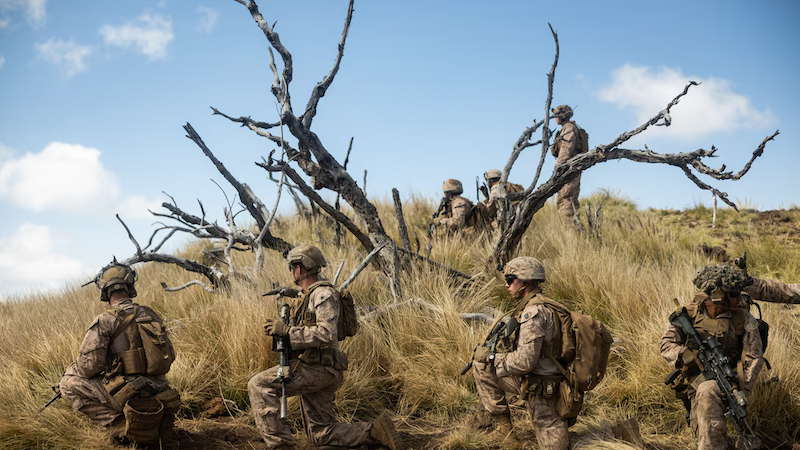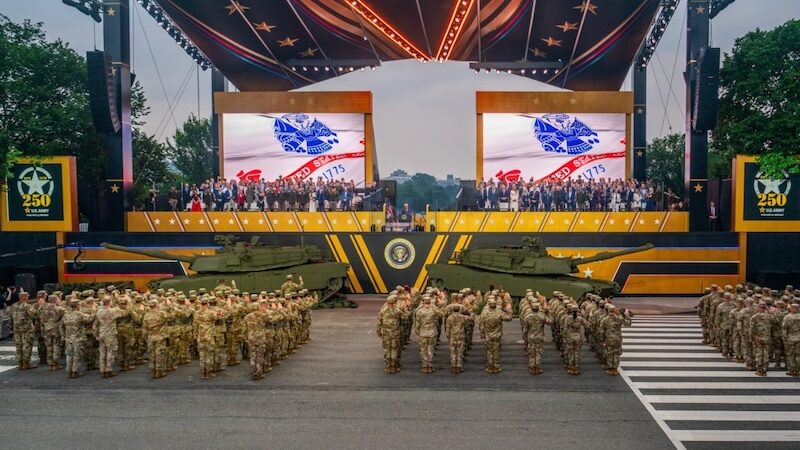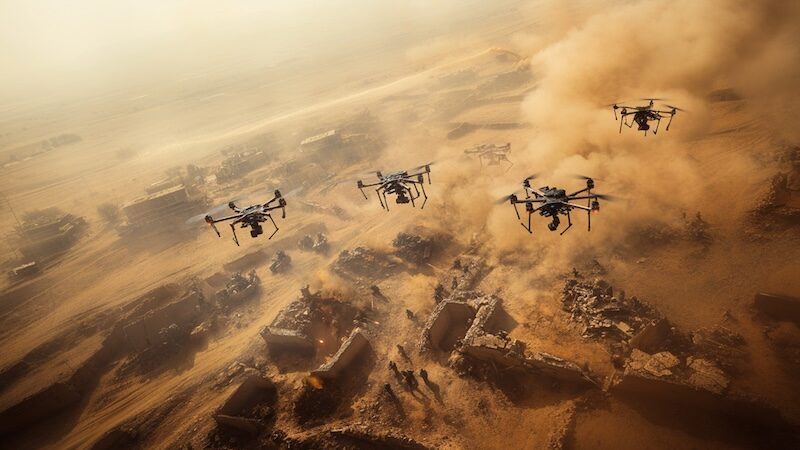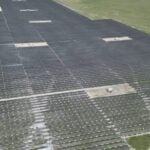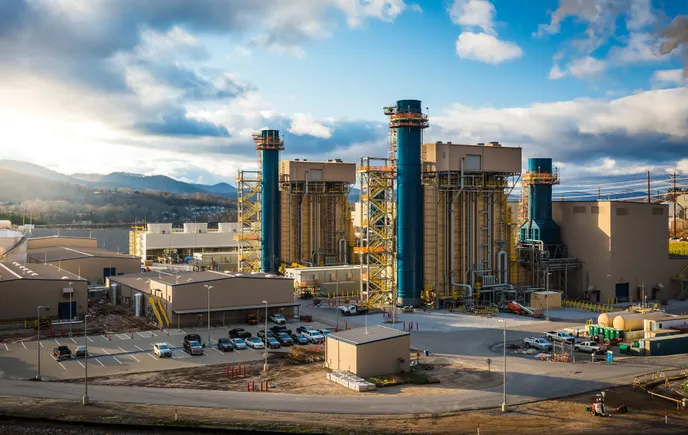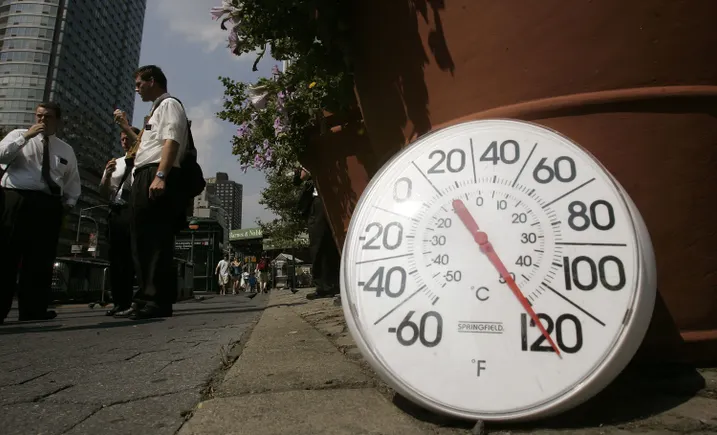Missile Defense Agency’s long-range radar tracks ICBM test target for first time
The test, dubbed Flight Test Other-26 (FTX-26), was originally planned for fiscal 2022, and again in 2023.


The Long Range Discrimination Radar (LRDR) is based at Clear Space Force Station in Alaska. (Photo: Missile Defense Agency)
WASHINGTON — After years of delay, the Missile Defense Agency announced that the Long-Range Discrimination Radar (LRDR) — a foundational system for enabling President Donald Trump’s Golden Dome initiative to build an air and missile defense shield over the homeland — has for the first time tracked an ICBM-like target in a live test.
If a final analysis of the system’s performance shows that all the requirements have been met, the LRDR will finally be cleared for operational acceptance by Space Force. Built by Lockheed Martin, LRDR was initially fielded at Clear Space Force Station, Alaska, in late 2021, despite the fact that its capability to trigger the Ground-based Midcourse Defense system’s ballistic missile interceptors had not been verified.
The Missile Defense Agency (MDA), in cooperation with the Space Force and US Northern Command, conducted the new test on Monday, using an air-launched target that “flew over 2,000 kilometers [1,243 miles] off the southern coast of Alaska where it was tracked by LRDR, as well as the Upgraded Early Warning Radar (UEWR) located at Clear Space Force Station. Sensor data was passed to Ground-Based Midcourse Defense (GMD) to support a simulated engagement,” the MDA announcement on Tuesday explained.
LRDR “successfully acquired, tracked and reported missile target data to the Command and Control Battle Management and Communications (C2BMC). This was the radar’s first flight test tracking a live Intercontinental Ballistic Missile (ICBM) representative target,” the announcement added.
The test, dubbed Flight Test Other-26 (FTX-26), was originally planned for fiscal 2022, but delayed because of developmental difficulties and industrial base problems caused by the COVID-19 pandemic. The test was rescheduled for 2023, but was canceled again due to what MDA called a “target anomaly.”
NORTHCOM has been impatiently awaiting the LRDR, considering it a critical capability for defense of the homeland. The S-band radar’s primary purpose is to distinguish between ICBMs launched by adversarial nations towards the US and decoys or other innocuous objects moving through space. LRDR also is designed to keep better tabs on jinking hypersonic missiles.
In addition to supporting missile defense, LRDR will also track objects in space, providing space domain awareness — another capability critical to Golden Dome, specifically with regard to transmitting targeting data to any future space-based missile interceptors.


































































































